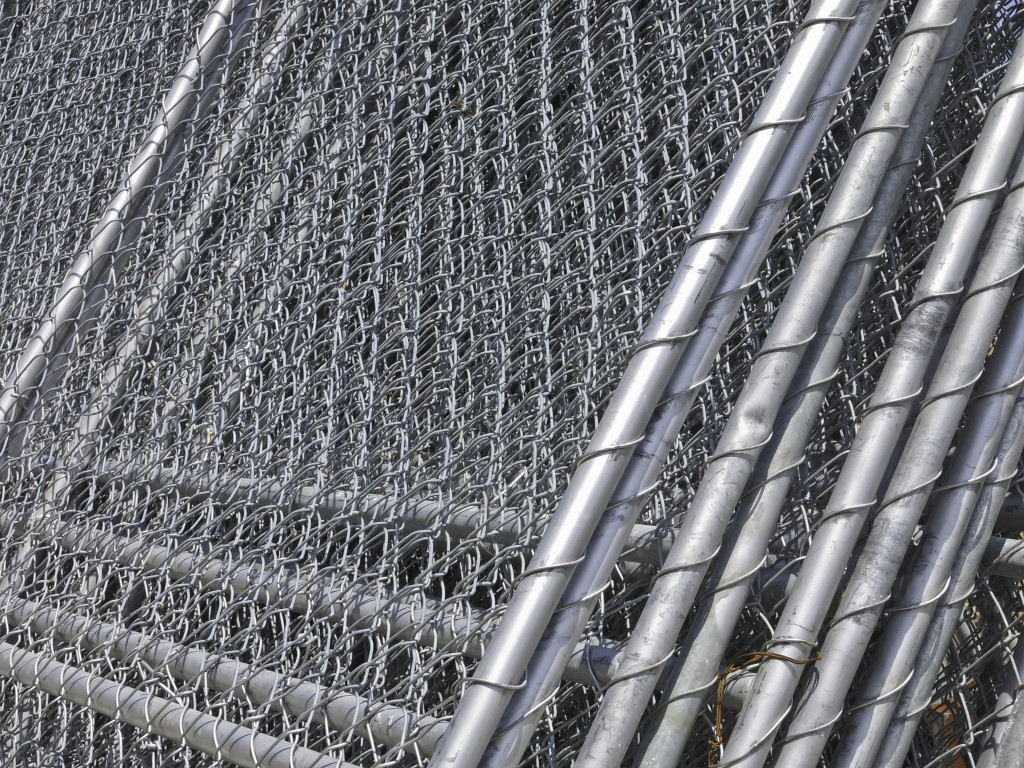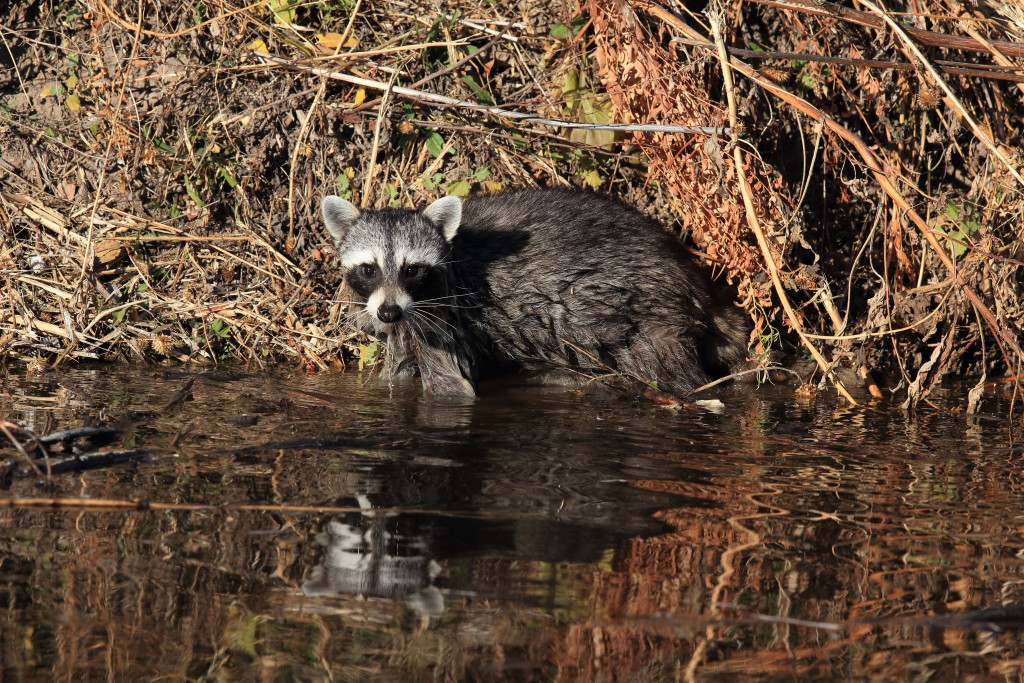- Wildlife can pose safety risks to children through encounters with potentially dangerous species.
- Exposure to diseases carried by animals, like Lyme disease and West Nile virus, is a serious concern.
- Encounters with wildlife can have both emotional impacts and provide educational opportunities for children.
- Renovations like fencing, deck skirting, and animal-proof storage can protect homes from unwanted wildlife.
- Educating children about wildlife safety and conservation can foster responsibility and safeguard future generations.
As parents, you must ensure your children are always safe and protected. While you may do your best to keep them out of harm’s way, there are outside factors you cannot always control, such as wildlife. Whether you live in the city, suburbs, or the countryside, wildlife can impact your children’s lives that you may not even realize.
Wildlife in The U.S.
The U.S. is home to thousands of unique wildlife species, including some of the world’s most endangered species. While these animals may be majestic and awe-inspiring to witness in the wild, they can also pose a danger to humans if not respected. Here’s how wildlife can affect your children at home and proactive ways to protect them.
1. Safety Concerns
One of the most obvious ways wildlife can affect your children is through safety concerns. Depending on where you live, your children may encounter wild animals such as snakes, spiders, or even bears. While many of these animals may be harmless, there is always a risk of injury or attack.
It is essential to educate your children on how to identify dangerous wildlife and what to do if they encounter them. Additionally, taking steps such as securing garbage cans and keeping your yard clean can help prevent animals from being attracted to your home.

2. Exposure to Disease
Wild animals can carry a variety of diseases that can be harmful to humans, such as Lyme disease, Hantavirus, and West Nile virus. Squirrels are common carriers of Lyme disease, and mosquitoes can carry West Nile virus. If you’re in an area with a high squirrel population, consider hiring a local squirrel control service to help you out. They can safely and humanely remove any squirrels living in your yard.
3. Emotional Impact
While the physical risks of wildlife may be more pronounced, there can also be emotional impacts on your children. Seeing injured or dead animals can be very distressing for children, leading to fear or anxiety about the outdoors. Additionally, encounters with aggressive or threatening animals can be traumatizing for children. It is essential to talk to your children about their feelings and validate their emotions while also taking steps to prevent future encounters with dangerous wildlife.
4. Educational Opportunities
Despite the risks, encounters with wildlife can also be educational opportunities for your children. Learning about different species and their habitats can help foster a love and appreciation for nature that could last a lifetime. Encouraging wildlife observation from a safe distance and providing resources such as books and videos can help your children learn about the importance of protecting these animals and their ecosystems.
5. Conservation Efforts
Lastly, by educating your children about the impact of wildlife on their lives, you can instill a sense of responsibility to protect these animals and their habitats for future generations. By reducing human impact on these ecosystems, such as reducing plastic waste and supporting conservation efforts, we can help ensure the well-being of humans and wildlife.
Renovation Options
You should consider renovation options if you live in a wildlife-prone area. Here are three great renovation options to keep wildlife away:

Fencing
One of the best ways to protect your family from wildlife is by installing a secure fence around your property. This will make it harder for animals to enter your home and provide extra safety for your children when playing outside. Make sure you use a sturdy material like metal or vinyl, as some animals can chew through wood fences easily.
Deck Skirting
Installing deck skirting around your patio or deck can help keep critters away from your home. Skirting is a metal, plastic, rattan, or wooden shield installed underneath the deck to prevent animals from entering your yard. This is an effective way to protect against rodents and other small creatures.
Animal-Proof Storage
Use animal-proof storage if you have garbage cans or other containers with food outside your home. This includes using lids and locks on garbage cans to prevent animals from entering. You should also store birdseed in a sealed container to avoid attracting unwanted wildlife.
Wildlife can impact the lives of humans, so it’s essential to be aware of the risks and take proactive steps to protect your family. By educating yourself and your children on wildlife safety, you can rest assured that your home is safe from unwanted visitors.



















